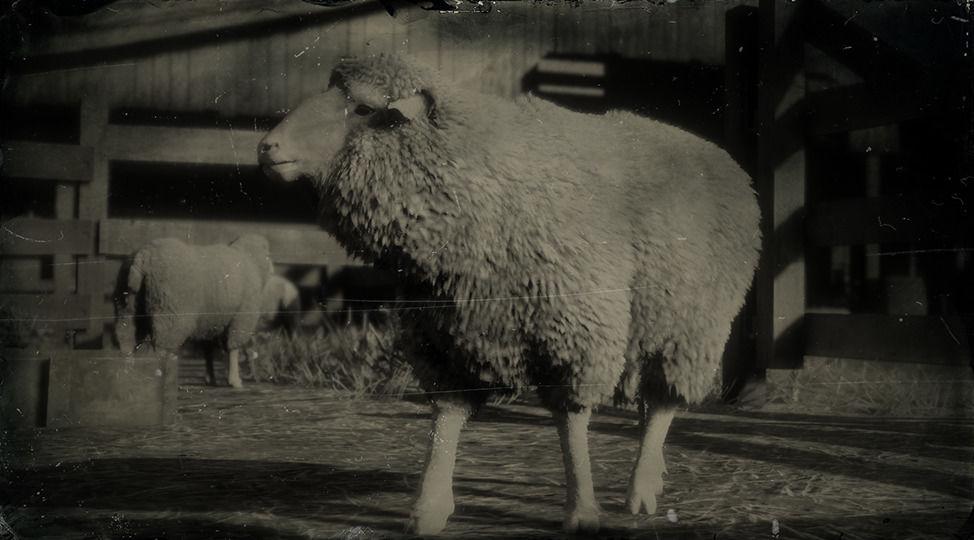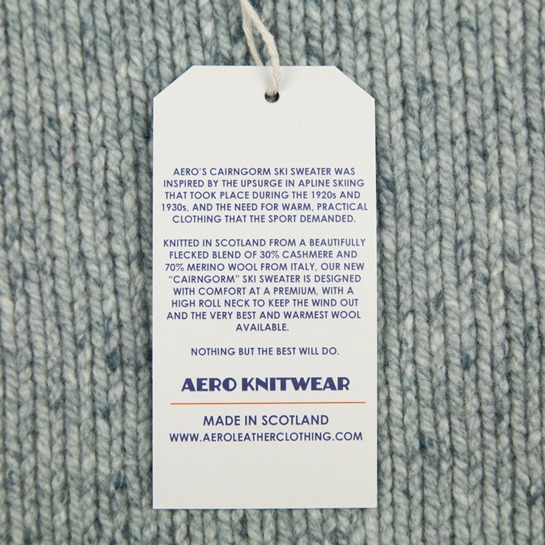Good Reasons On Selecting Merino Wool Base Layers For Hiking
Wiki Article
What Is The Main Difference Between Merino And Regular Wool
Merino wool comes from Merino sheep. They are known for their soft and fine wool. Merino Wool is different from normal wool in several ways. Softness- Merino Wool is softer than regular wool, due to the Merino sheep's finer wool fibers. Its finer fibers make it less irritating, and more comfortable to wear on the skin.
Merino Wool is warm due its ability to trap air within the fibers. It also has a high moisture-wicking capacity and will keep you warm even when it is damp.
Merino Wool is stronger than normal yarn because of its strength from Merino sheep fibers. This means it is more resistant to wear and tear, and less prone than regular wool to pill.
Merino wool is impervious to odors since it has natural antibacterial properties. This means it can last longer without acquiring an unpleasant odor.
Breathability- Merino wool is extremely breathable, which means it lets water escape and keeps your body cool and dry during hot weather.
Merino wool is generally better quality wool than ordinary wool, and can be more expensive because of its superior qualities.

How Does The Base Layer Of Heavyweight Merino Wool Merino Wool Differ Between Lightweight, Midweight And Heavyweight?
The primary difference between light mediumweight, heavyweight, and light weight Merino wool base layers is the warmth and thickness of the fabric. This is how the base layers differ. Lightweight Merino wool base layer are typically constructed from an incredibly thin and flexible fabric that is ideal for warm and cool temperatures. This type of base layer is perfect for high-intensity activities where you're likely to sweat a sweat and need an item that will retain sweat and help keep your body cool. They can be utilized in colder weather as a base layer beneath other layers.
Midweight Merino Wool base layers comprise a heavier fabric which provides more warmth and insulation than lighter base layers. This base layer is ideal in cold to cool conditions, and it is a good option for any activity that has low to moderate sweat production.
Heavyweight Merino wool base layers are made of the finest and warmest fabrics and are ideal for extreme cold conditions. This kind of base layer is ideal for activities with low intensity in which you aren't likely to sweat like skipping or snowshoeing.
When deciding on the best Merino wool base layer for your requirements, think about the weather conditions and level of activity you will be taking part in. For high-intensity activities an incredibly light base layer is the best choice. A midweight base layer is suitable for cold to warm weather and activities with moderate to low intensity. A heavier base layer is the best choice for colder weather and activities with low intensity. Be aware that based on the circumstances, you can layer down and up, so it is better to choose a lighter layer than a heavier one. You should also think about how your base layer will fit and whether it allows you to move around freely. Go merino wool base layers info here for more tips.

How Do You Find The Most Suitable Base Layer Of Skis To Mix Merino Wool And Himalayan-Yak Wool?
There are many factors that you need to consider when selecting the appropriate ski base layer of Merino wool or Himalayan Yak wool. Here are some of the most important things to consider Weather conditions - Consider the weather and temperature conditions that you will be skiing in. If it's extremely cold, you may want to opt for a base layer with more insulation, for instance, one made of Himalayan yak wool. You might prefer a lighter Merino Wool base layer in case the weather is more mild.
Activity level- This is a measure of your level of activity and the amount of sweat you produce. If you tend to sweat a lot then a base layer that has high moisture-wicking capabilities like Merino wool, might be the best option.
Comfort is key. Pick a garment that is comfortable and well-fitting. Base layers should move with you and provide all range of movement. It is essential not to dress too tight or restrictive , as it can restrict mobility and create discomfort.
Individual preference. The best base layer combination will depend on your individual preferences. Some prefer a thicker layer of insulation while others prefer a thinner one. Many combinations are possible. Find the one that you feel most comfortable with.
The best base layer combination of Merino wool and Himalayan yak wool is contingent on your specific needs and the particular conditions you'll be ski-ing in. To ensure that you're cozy and comfortable on the slopes, consider the conditions of the weather as well as your level of comfort and your personal preference. Go find koraoutdoor.com for ski clothing for blog examples.
What Is It That Makes Merino And Himalayan Yarn Better Than Cotton Nylon, Polyester, And Fleece Alternatives For Ski Gear?
Merinowool and Himalayanyak wool are superior than polyester, nylon, fleece, nylon, and nylon for ski clothes. Warmth: Merinowool and Himalayanyak wool are very effective insulators. They keep you warm in freezing temperatures. Merino wool, Himalayan yak wool, and polyester are not as insulation-friendly as nylon and cotton. They possess a high heat-to-weight ratio that allows them to be lightweight and comfortable to wear while offering excellent insulation.
Moisture management- Merino and Himalayan wools are exceptionally effective in managing water. Both have moisture-wicking properties. This means that they draw moisture away from the skin and move the moisture to the fabric's outer layers where it can evaporate. This is different from cotton, which absorbs humidity, and then becomes uncomfortable and heavy when wet.
Breathability Merino and Himalayan wools are very permeable, which permits air to circulate through the garment. This assists in regulating body temperature, and prevents excessive heat. This is important when you are wearing ski gear. This allows you to remain comfortable while skiing. However, fleece, nylon and polyester are not as permeable and can hold in heat and water that can cause you to feel uncomfortable and uncomfortable.
ComfortIt is a comfortable Merino wool, Himalayan Yak wool, and Merino wool are both naturally soft and extremely comfortable. They can be worn close the skin. They are also highly elastic and stretchy, which means that they can move with your body and permit a full range of motion. The nylon, fleece or polyester may, however they can be uncomfortable and stiff. They could restrict your movement and cause discomfort.
Sustainability- Merino wool, Himalayan yak wool and other natural fibers are sustainable and biodegradable. This makes them a more environmentally friendly choice in comparison to synthetic materials such as polyester and nylon, that are made of non-renewable resources that require a long time to break down.
Merino wool, Himalayan yak wool, and nylon are all a great choice with advantages that make them the best to ski clothes. They are breathable, durable warm, warm and moisture-wicking.
